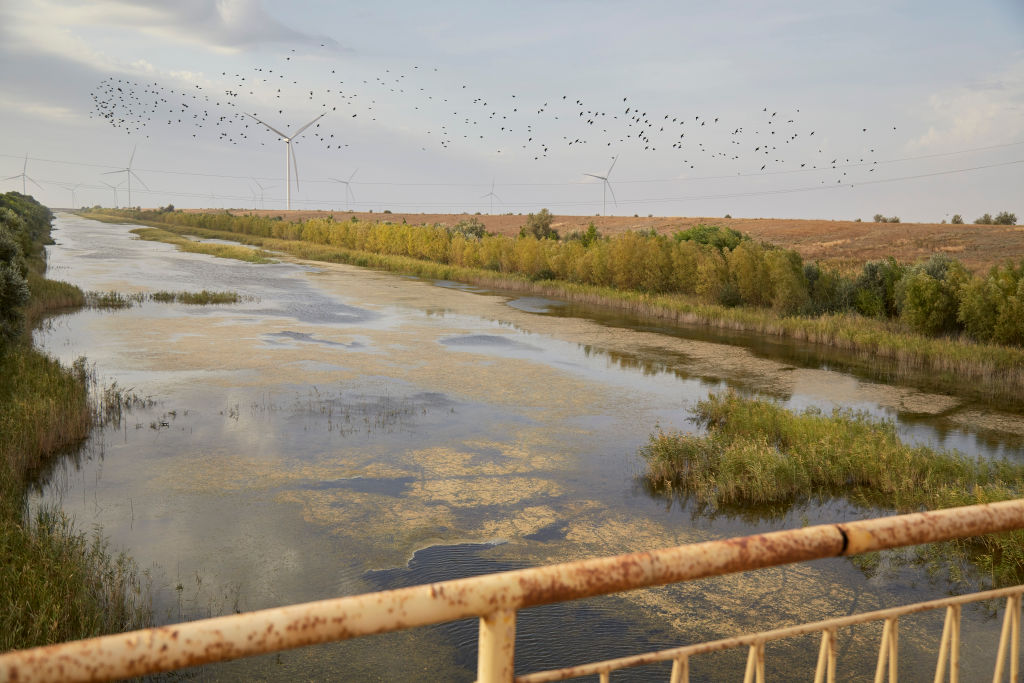In a way, the war in Ukraine is a fight for resources. Water is one of them. For half a century, most of the water in Crimea has been piped in from Ukraine through the North Crimean Canal – but Kyiv stopped the supply when Moscow annexed the peninsula in 2014. Cue panic. Moscow officials tried to reassure the population that they could solve the problem. There was talk of building a water pipeline from Russia, but they went for a bridge instead. Crimean agriculture and industry started to suffer from drought and once-fertile fields, the steppes, slowly turned into desert. Moscow offered Kyiv cash for water, but was ignored.
By 2017, Russian officials had admitted that the area of irrigated land in Crimea had shrunk by 92 per cent, halting rice production. Crimeans started to receive tap water hourly, in the mornings and evenings. Moscow accusedKyiv of inflicting a ‘humanitarian catastrophe’ on the peninsula with a ‘water blockade’. Ukraine responded to this by saying that it was the duty of an occupying country to provide for its conquest. The water issue was discussed at the highest level in the Kremlin, with Ukrainian war experts warning about an inevitable invasion. They turned out to be right: Putin decided to turn on the tap by force, invading the Kakhov reservoir in the Kherson region last year. Now, Crimea has its water back.
But the same dynamic is now at play in the Donbas. Recently, the Ministry of Defence reported that Russia is probably building a pipeline to mitigate the water shortage in the occupied east of Ukraine. The Siversky-Donets canal, which had been supplying the region with water before the full-scale invasion, remains largely under Ukrainian control. It traverses through the town of Chasiv Yar, less than four miles to the west of Bakhmut. During the battle for the city, artillery shells damaged part of the canal. Now it is a contested resource: Russian forces have to secure the canal to reduce the scarcity of water in the city of Donetsk. This is part of the reason Bakhmut has been so important for Moscow to capture.
Some weeks ago, Russia thought it might have succeeded. Wagner Group mercenaries pushed Ukrainian fighters to the western outskirts of the city and held the last supply road under constant fire. Western journalists said they saw Ukrainians retreating. But things seem to be changing now: in the past few days, Ukrainian forces have managed to advance into the city. The rising tensions between Prigozhin and military leadership in Moscow have only been beneficial for Kyiv, which now uses Storm Shadow missiles to blow up Russian warehouses hundreds of miles away. This means Russian struggles for water are far from over.







Comments